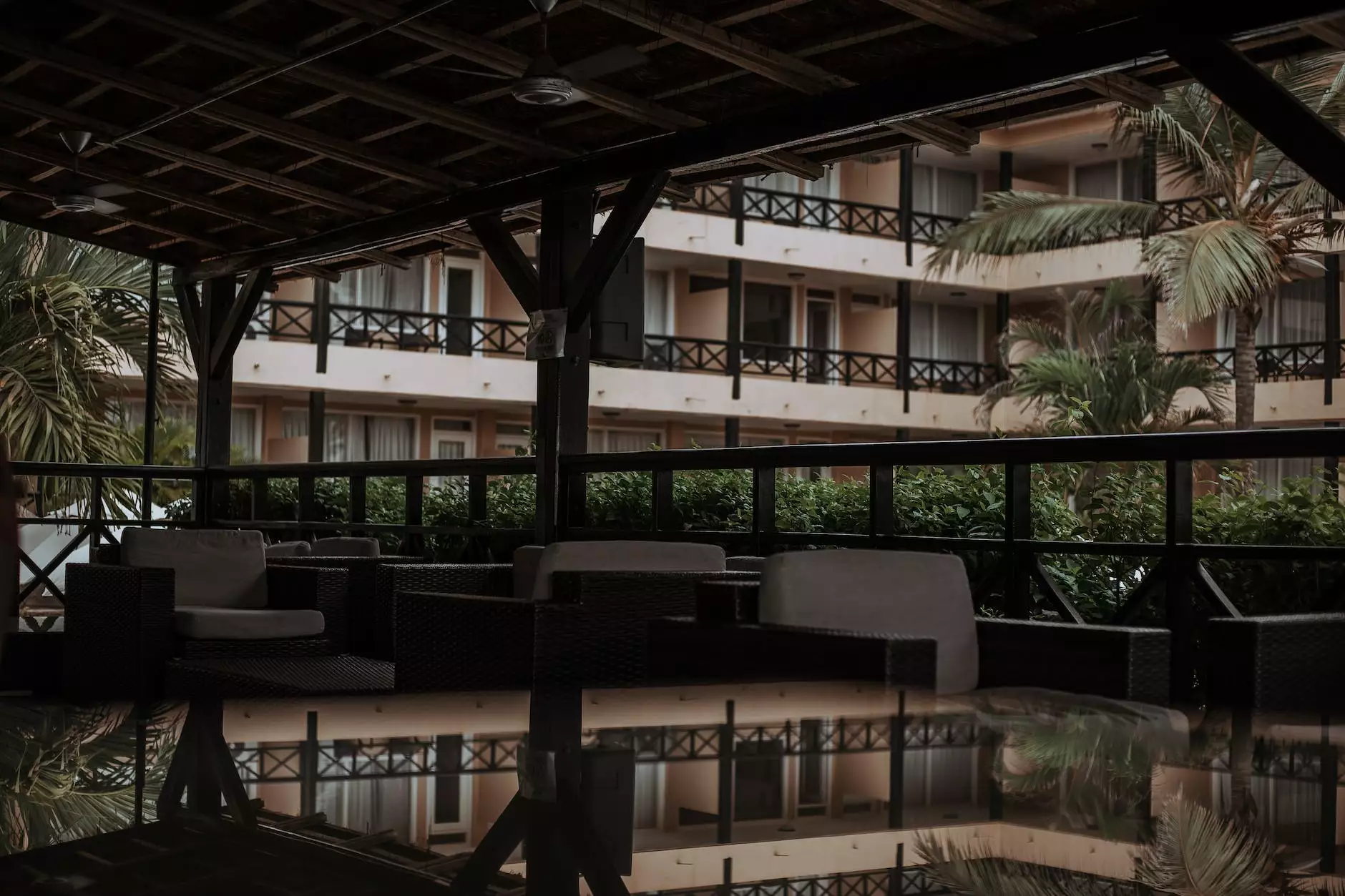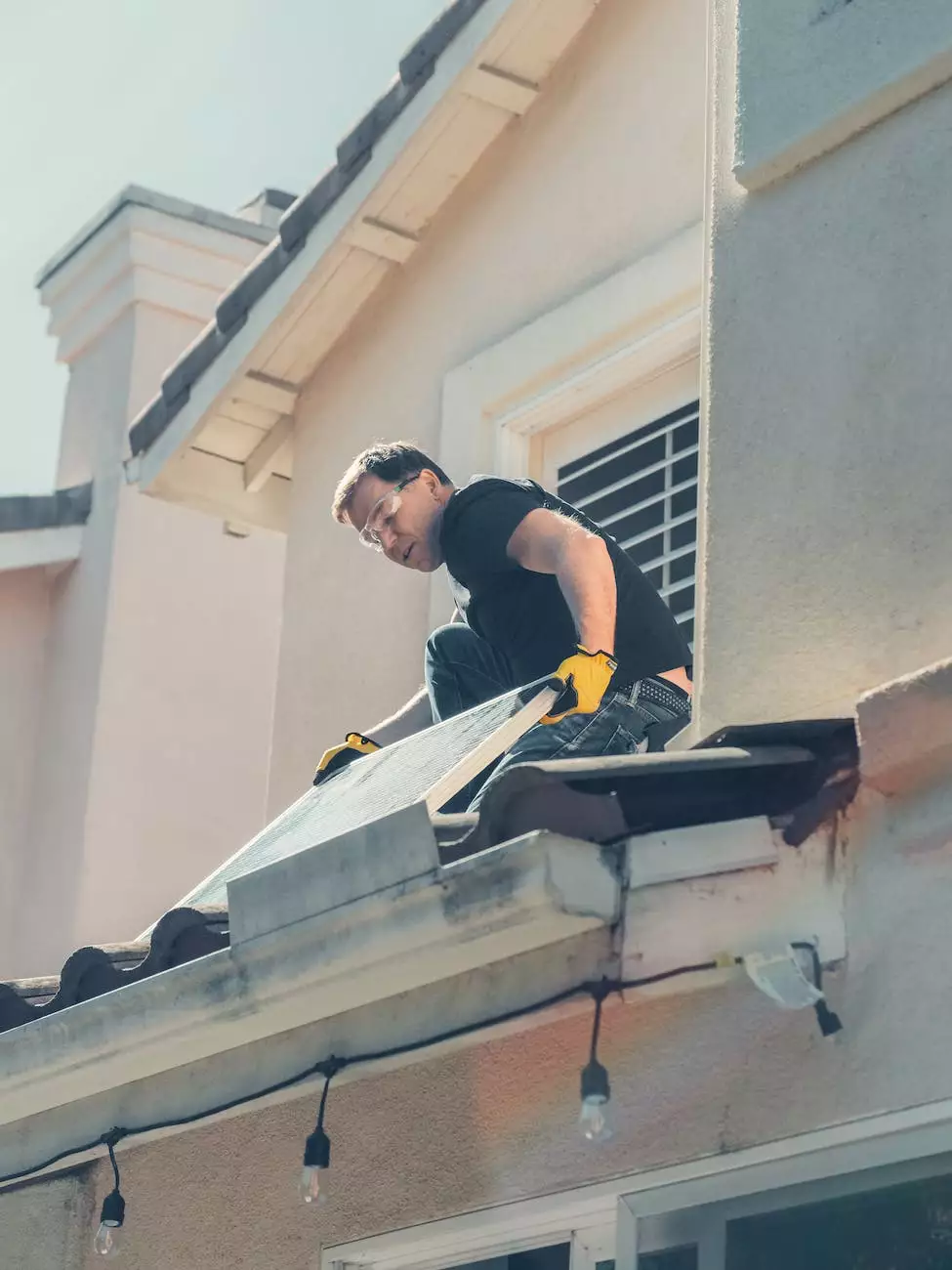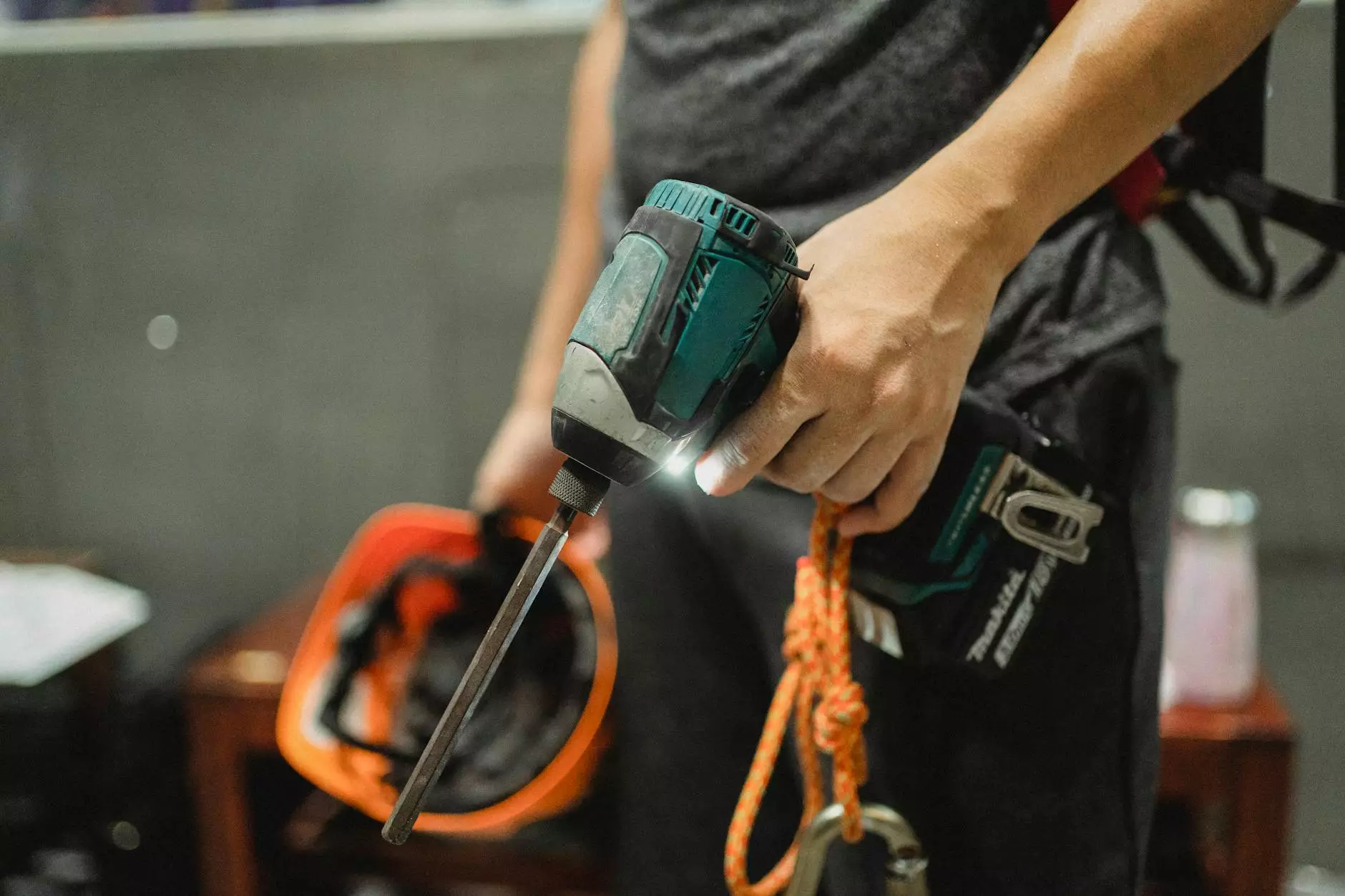PVC vs. TPO Roofing | Learn the Difference
Roofing Options
Introduction
Welcome to Glass Works Of Texas, your trusted source for comprehensive information on PVC and TPO roofing materials. As experts in the home and garden industry, we aim to provide you with the knowledge needed to make informed decisions about your roofing projects.
Understanding PVC Roofing
PVC (Polyvinyl Chloride) roofing is a popular choice for flat or low-sloped roofs. It has gained significant recognition in the roofing industry due to its durability, energy efficiency, and versatility. PVC roofing membranes are composed of thick, thermoplastic sheets that are heat-welded together, creating a seamless and watertight barrier.
Advantages of PVC Roofing
- Durability: PVC roofs are highly resistant to weather conditions, including extreme temperatures, UV radiation, and chemicals. They have an average lifespan of 20-30 years, making them a long-lasting roofing solution.
- Energy Efficiency: PVC roofing reflects sunlight, reducing heat absorption and minimizing the energy required for cooling the building. This energy-saving feature can lead to lower utility bills.
- Low Maintenance: Once installed, PVC roofs generally require minimal maintenance. They are resistant to mold, mildew, and rot, providing a low-maintenance roofing option.
- Flexibility: PVC membranes have a high level of flexibility, allowing them to accommodate building movements without cracking or splitting. This flexibility extends the lifespan of the roof.
Understanding TPO Roofing
TPO (Thermoplastic Olefin) roofing is another widely used option for commercial and residential buildings. TPO roofs are made of a single-ply synthetic membrane that combines the benefits of rubber and plastic. They are heat-welded during installation, forming a strong and seamless roofing system.
Advantages of TPO Roofing
- Cost-Effective: TPO roofing is typically more affordable than PVC, making it an attractive option for budget-conscious homeowners or businesses.
- Energy Efficiency: Similar to PVC, TPO roofing reflects heat and UV rays, resulting in reduced energy consumption for cooling.
- Resistance: TPO roofs are resistant to punctures, tears, and most chemicals, ensuring long-term protection for your property.
- Easy Installation: TPO membranes are lightweight and easily installed. This reduces labor costs and project completion time.
Choosing the Right Roofing Material
When it comes to selecting between PVC and TPO roofing, several factors should be considered:
Climate and Environment
Your local climate and environmental conditions play a crucial role in determining the ideal roofing material. PVC is known for its excellent performance in extreme weather conditions, whereas TPO is a better choice in milder climates.
Budget
If cost is a significant factor for your roofing project, TPO may be the more budget-friendly option. However, it's important to balance cost considerations with long-term durability.
Building Design and Aesthetics
The architectural style and overall design of your building should be taken into account. Both PVC and TPO roofing come in a variety of colors, allowing you to choose a style that complements your property.
Conclusion
In summary, PVC and TPO roofing materials are both excellent choices for flat or low-sloped roofs. They offer durability, energy efficiency, and protection. The decision ultimately depends on your specific needs, budget, and environmental factors. Consult with a professional roofing contractor to determine the best option for your project. At Glass Works Of Texas, we are dedicated to providing you with accurate information and superior roofing solutions. Contact us today for expert advice and quality roofing services.










